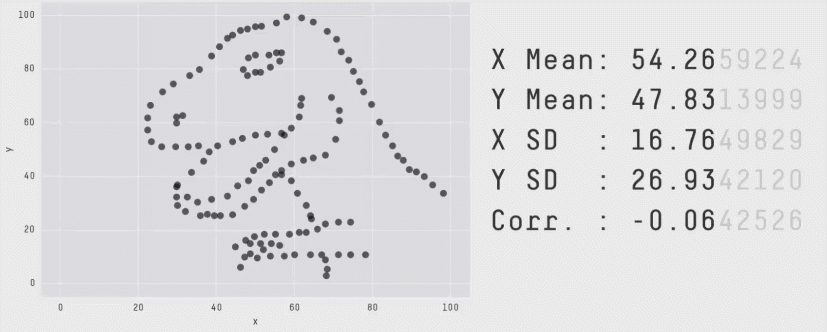About
The Inkbeagle project started as part of the PhD research of Lennert Loos who investigated the use of interactive data visualisation for structural designers and engineers.
The Inkbeagle project seeks ways in which an informed design process for (structural) designers can be facilitated. Academic research on the act of structural designing and how designers make decisions points out that designers do want to make informed decisions, but that this is not always possible due to time constraints or (digital) interfaces that do not allow for this.
The Inkbeagle project started as a proof-of-concept to create interactive data visualisations from structural finite element models. As designers tend to generate multiple design alternatives, assess these and select the most promising solutions from the set, great emphasis has been laid on the allowance to compare multiple design solutions simultaneously. Data visualization is able to compress large amounts of data into an understandable representation, this approach was indeed assessed as very valuable by designers from the professional field.
Proof-of-concept piece of software, used to investigate the practical use of interactive data visualisations for structural design. (Loos, L., 2019, Vrije Universiteit Brussel)
